A small garden that produces high yield and enriches your soil—yet needs minimal care? Say hello to the Three Sisters garden agricultural tradition.
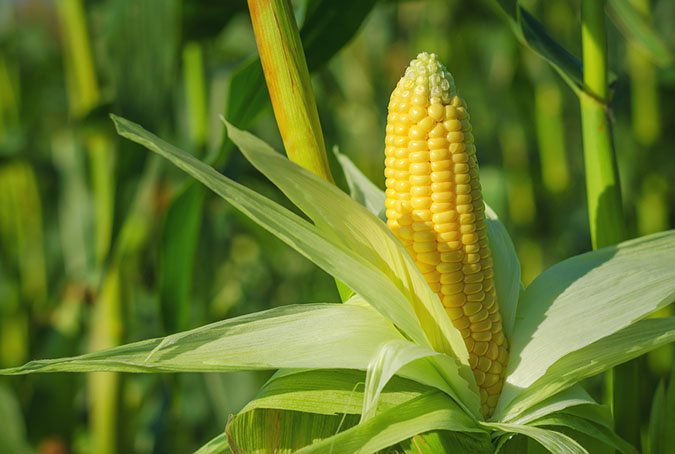
Three Sisters Garden: Grow More Food With Less Work
Imagine a modest-size garden that produces an above-average harvest yet needs minimal water, fertilizer, and weeding. As a bonus, it leaves your soil more fertile at the end of the growing season. Some might call that a dream come true, but what it’s really called is a Three Sisters garden.
Believe it or not, this remarkably savvy strategy for growing corn, beans, and squash wasn’t developed by a PhD in a modern research garden. Instead, it began centuries—perhaps millennia—ago as a Native American agricultural model.
What Is a Three Sisters Garden?
Unlike today’s gardens, where plant varieties are separated by straight rows, a Three Sisters garden allows corn, bean, and squash plants to grow together and benefit from each other.
The beauty of a Three Sisters garden comes from the symbiotic relationship between these three crops.
- As corn stalks grow, they create poles for beans to climb on to gain support and find sunlight without getting overrun by the sprawling squash.
- The bean roots also help stabilize the corn in heavy winds and fertilize it by “fixing” nitrogen from the air into a form that corn and squash roots can absorb.
- The squash’s large leaves are prickly enough to deter pests from coming close, and they shade out weeds while keeping the soil moist.1)The Old Farmers’ Almanac: The Three Sisters: Corn, Beans, and Squash
History of the Three Sisters Garden
When agriculture began in the Americas some 7,000 years ago, it quickly changed the landscape and local cultures beyond recognition.
Maize, beans, and squash were domesticated in Central and South America and gradually made their way to the American Midwest.2)University of Nebraska: The “How” of the Three Sisters: The Origins of Different Native American tribes began to integrate these crops into their horticultural traditions. It was the Iroquois (also called the Haudenosaunee), though, who first used the phrase “Three Sisters” to describe the practice of growing them together in highly productive garden plots.
Over the centuries, the Three Sisters garden gained physical and spiritual importance for the Iroquois. Their planting method involved sowing all three seeds in fertilized mounds that prevented the young plants from getting waterlogged.
Women weeded and hoed these mounds throughout the summer and harvested the crops in the early fall. The crops were then dried and stored for winter. Celebrated as a gift from the Great Spirit, corn, beans, and squash were eaten together for most meals.
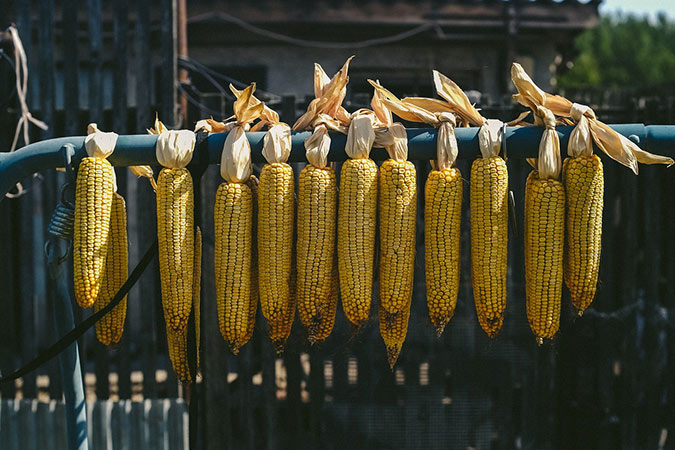
Image by Juraj Varga from Pixabay
American colonists first learned of Three Sisters gardens over 300 years ago. Since they were used to straight, orderly farm fields, most settlers first dismissed these densely planted gardens as wild.
However, they soon learned that this bio-intensive combination-planting method was perfectly suited for the region. Cleared land was difficult to maintain, and the small Iroquois garden plots simply needed to produce higher yields than European ones.
Today, a Three Sisters Garden is a great example of an ecological guild in America because each plant directly benefits the others.
Grown together, Three Sisters crops produce more food with less water and fertilizer. In fact, Three Sisters garden plots tend to produce 20 percent more calories than when the same crops are grown apart.3)Estimating Productivity of Traditional Iroquoian Cropping Systems from Field Experiments and Historical Literature
You May Also Enjoy:
“What Is a Food Forest (And How to Start Growing Your Own!)”
A Nutritional Cornucopia
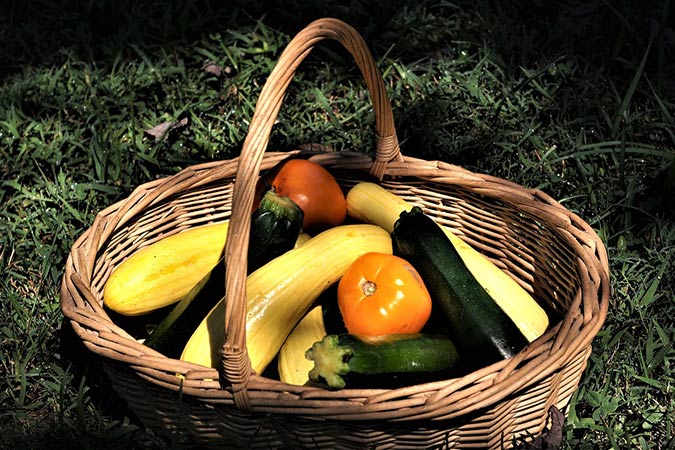
Image by Redbud Patriot from Pixabay
Not only are the Three Sisters naturally suited to grow well together but they also pack a powerful nutritional punch. In fact, a diet of corn, beans, and squash is nutritionally balanced without the need for other protein sources.
Corn kernels are rich in carbohydrates and become a complete protein source when eaten with beans. Squash rounds out the diet nutritionally with its full load of vitamins and minerals.
Making the trio even more valuable was the fact that each crop could be dried and eaten throughout the winter.4)Native Seeds: How to Grow a Three Sisters Garden When combined with other vegetables native to America, like peppers and tomatoes, the Three Sisters fueled culinary creativity and promoted health all year long.
Three Sisters Variations
Not all Three Sisters gardens are the same. While squash, beans, and corn were important food crops throughout the Americas, many native cultures made variations on the growing method to better fit their local conditions.
For example, throughout the dry Southwest, the Three Sisters were often planted in separate fields with wide plant spacing to maximize the use of a limited water supply.5)Native Seeds: How to Grow a Three Sisters Garden In the Southwest, tobacco was also interplanted with the Three Sisters as a ceremonial plant.
In some places, a fourth sister joined the trio. Sunflowers attracted insect pollinators to the garden while distracting birds from the corn and providing support for bean vines. Likewise, watermelons and gourds were easily substituted for squash.6)Native Seeds: How to Grow a Three Sisters Garden
Ready to Plant Your Three Sisters Garden?
When you follow the Three Sisters method today, you equip your garden with the building blocks it needs to grow flavorful plants that are well suited to your natural conditions. You also help preserve Native American heritage and benefit from centuries of horticultural innovation and experimentation.
You May Also Enjoy:
Three Sisters Garden Layout
There are plenty of variations for laying out a Three Sisters garden, but it’s always best to plant your corn in clusters instead of rows. This makes it easier to attract pollinating insects for your squash plants and for wind-pollinated corn tassels to fertilize each other.7)Native Seeds: How to Grow a Three Sisters Garden
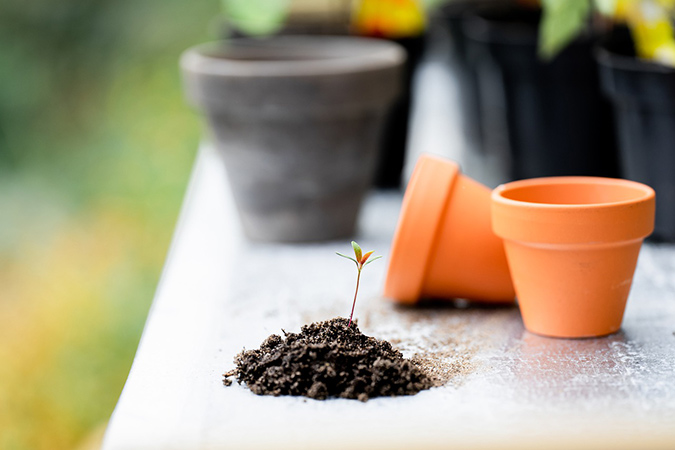
Image by Ylanite Koppens from Pixabay
Make sure you choose a spot with plenty of direct sunlight and a neutral pH level (6.0–7.0 is best).
A Three Sisters garden needs minimal space. A 10-ft.-by-10-ft. plot tends to be ideal. That’s a small enough space to be fairly simple to prepare and maintain while ensuring that you sow enough corn (about 10–20 plants) for it to cross-pollinate.
To set up a traditional Three Sisters garden in a 10-ft.-by-10-ft. plot, mark off three rows spaced 5 ft. apart. Each row will have five 18-inch mounds, alternating corn/bean mounds with squash mounds.8)Physicians Committee for Responsible Medicine: Growing a Three Sisters Garden
Three Sisters Planting Method
Sowing a Three Sisters garden takes a little longer from start to finish, but the steps are simple—and the results are oh so worth it!

Image by natureconcept from Pixabay
- Start by fertilizing the garden bed with your favorite amendments.
- Form the soil into flat mounds that are 1 ft. high and 18 in. in diameter.
- Alternate the corn/bean mounds with the squash mounds.
- Stagger the planting by species to create a “stacked” garden that gives the corn and/or sunflowers a few weeks’ head start. This also prevents the plants from overwhelming each other in their beginning growth stages.
- Once the danger of frost has passed, plant four kernels of corn 1 in. deep and 6 in. apart, with each kernel forming one of the four points of a diamond shape.
- Once the corn reaches 5 in. tall, plant four bean seeds in a pattern that adds corners to your diamond shape, effectively making it a square.
- Plant squash seeds one week later in the remaining mounds. In each mound, plant three squash seeds 4 in. apart in a triangle shape.9)The Old Farmers’ Almanac: The Three Sisters: Corn, Beans, and Squash
- Make sure to hill up the soil as it starts to level out so that there is plenty of material for the root systems to work with.
Three Sisters Garden Maintenance
As the Three Sisters grow together, you will notice the bean sprouts starting to climb the corn stems. The heavy squash leaves will begin to fan out along the ground.
Though squash leaves help shade out weeds as they grow, it’s best to regularly weed your plot when the plants are young to prevent them from getting outcompeted. Laying down a layer of organic mulch is also a good way to help the soil retain moisture on hot summer days.
Insect pests are likely to find your garden as exciting as you do. Make sure to watch for squash bugs, squash vine borers, and corn earworms. A drop of vegetable oil on the tips of corn ears can help fend off an invasion, and you can keep your beans healthy by working them only when the plants are dry.10)The National Gardening Association: Growing the Three Sisters
To preserve the purity of heirloom varieties, you can hand-pollinate your corn plants. Simply place waxed paper bags over the corn silk to prevent pollen from getting in. When the tassels are 2 in. out, remove the bags and shake your preferred pollen on the silks before replacing the bags to prevent contamination.
Let the Harvest Begin
By mid to late summer, your Three Sisters garden will be brimming with produce.
Summer squash is often the first to mature. You can harvest the squashes once they are 2 in. in diameter as they taste best when small and tender.
Winter squash needs to be harvested when the outside skin is hardened and the squash has lost its natural sheen. Make sure to cleanly slice the stem with a knife, and leave the stem on the squash to help it stay fresh for several months.
Green beans are best harvested when the pods are slim and tender. So long as you prevent your beans from over-maturing and going to seed, they should produce vigorously for a month or two. Take care not to damage the vines as you pick them, and you should enjoy fresh beans for much of the summer.
Ears of corn are ready to pick about 20 days after the first silk stacks appear. You’ll know the ears are mature when the silks are dry and brown, and the kernels are smooth and plump and emit a milk-like juice when you puncture them with your thumbnail. Simply twist off each ear when ripe, and eat immediately for the best flavor.
The Best Three Sisters Varieties to Grow
Not every variety of corn, beans, and squash grows well in a Three Sisters garden. Oftentimes, traditional heirloom varieties are better suited to the specific growing conditions that companion planting calls for.
Below are varieties of corn, beans, and squash that are well suited for your Three Sisters garden.
Corn
Sweet corn was a staple food in Native American diets.11)Mother Earth News: Native American Gardening: The Three Sisters and More Most of these varieties grow well using the Three Sisters method.
Native corns tend to be heartier and more drought-resistant than industrial varieties. Make sure you look to corn varieties that are naturally suited for your growing conditions.
You May Also Enjoy:
“Gardening Failure: 5 Ways to Troubleshoot & Regroup”
“Inexpensive, Healthy Meals: How to Eat Sustainably on a Budget”
It’s best to choose a tall variety so that your bean plants have plenty of room to climb. Pencil Cob corn is a prolific, 6-ft. variety, and Flor del Rio is an excellent heirloom popcorn.
If water is an issue, Southwestern varieties like Tohono O’odham and Hopi corn mature fast and use less water, but their short stature makes it harder for them to support beans.
Beans
When choosing your beans, it’s essential that you select pole beans instead of bush beans to ensure they trellis themselves on the corn stalks. Common pole bean varieties include pinto, kidney, black, lima, and navy.
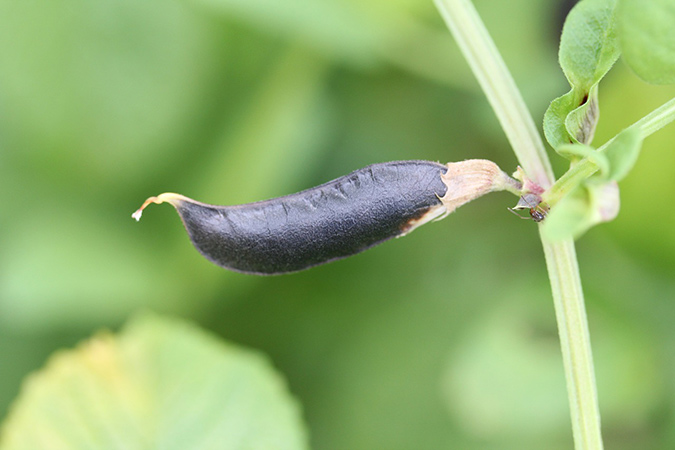
Image by sonja_paetow from Pixabay
Ideally, you should grow “corn beans,” as they have adapted to growing in shady conditions and won’t suffer from overcrowding.12)Mother Earth News: Native American Gardening: The Three Sisters and More
Few Native American bean species have been preserved, but the Ohio pole bean and Amish Nuttle are two options.13)Mother Earth News: Native American Gardening: The Three Sisters and More Other versatile pole beans include Blue Lake, Kentucky Wonder, O’odham Vayos, and Four Corners Gold. If you do end up with a short corn variety like Tutelo Strawberry, you might pair it with a bean variety like Wild Pigeon since it isn’t aggressive enough to overpower the shorter corn.
Squash
Unfortunately, few squash varieties that were common in traditional Native American gardens are still in use. While Yellow Summer Crookneck and Early White Scallop date back at least to the 1700s, the varieties available today are significantly different from the originals.
The best squash variety depends on the amount of space you have to work with. If your garden provides ample room for plants to sprawl, go for a winter squash variety like Tarahumara pumpkin or Magdalena Big Cheese.
Tighter arrangements better suit Yellow Crookneck squash, Ponca Butternut, and Dark Star zucchini.
A Harvest of Heritage

Image by Stephen Smith from Pixabay
A delightful combination of science and history, the Three Sisters garden nurtures both body and soul.
Yes, it provides larger harvests with less work and water. But it also connects gardeners with centuries of heritage. This lets them play a vital role in ensuring that this wondrous planting method survives to nourish yet another generation.
For more information on Three Sisters gardens, check out THE definitive book on the subject: Buffalo Bird Woman’s Garden: Agriculture of the Hidatsa Indians.
What Do You Think?
What is your experience with the Three Sisters planting method? Have you tweaked your garden layout or plant variety to best suit your climate and conditions? If so, share your tips and strategies with the rest of the TGN Community in the comments below!
—————————————
This is an updated version of an article that was originally published on January 8, 2019. The author may not currently be available to respond to comments; however, we encourage our Community members to chime in to share their experiences and answer questions!
The Grow Network is a participant in the Amazon Services LLC Associates Program, an affiliate program designed to provide a means for our team to earn fees for recommending our favorite products! We may earn a small commission, at no additional cost to you, should you purchase an item after clicking one of our links. Thanks for supporting TGN!

The Grow Network is a global network of people who produce their own food and medicine. We’re the coolest bunch of backyard researchers on Earth! We’re constantly sharing, discovering, and working together to test new paths for sustainable living—while reconnecting with the “old ways” that are slipping away in our modern world. We value soil, water, sunlight, simplicity, sustainability, usefulness, and freedom. We strive to produce, prepare, and preserve our own food and medicine, and we hope you do, too!
References
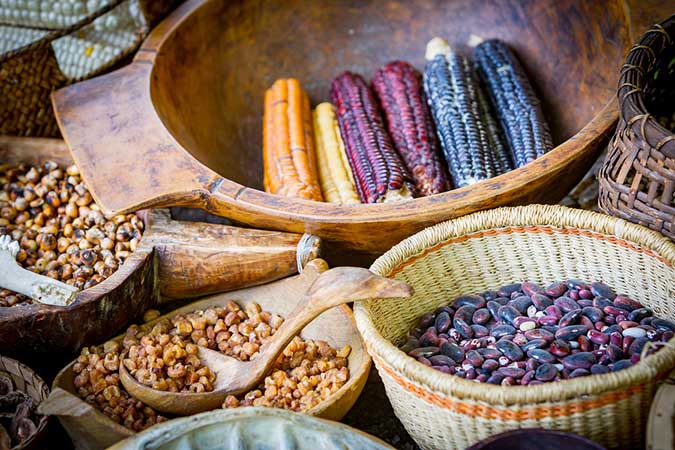
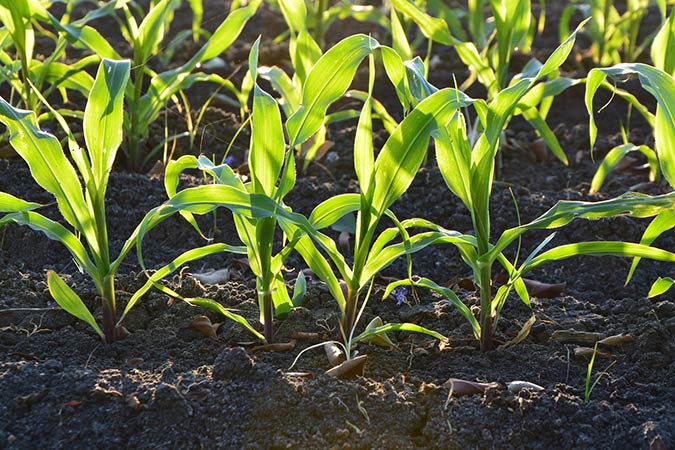
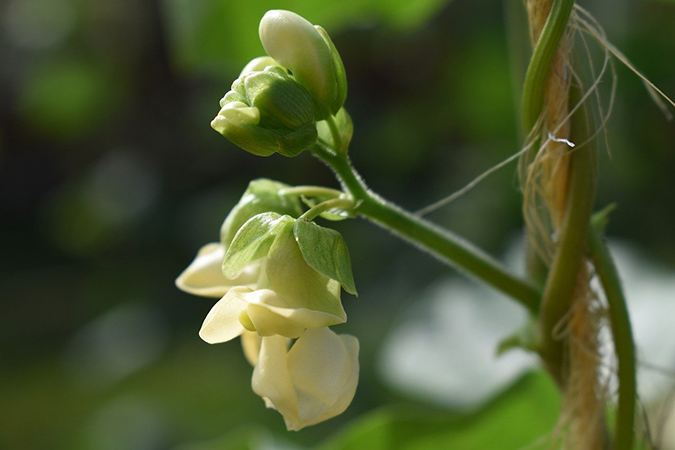
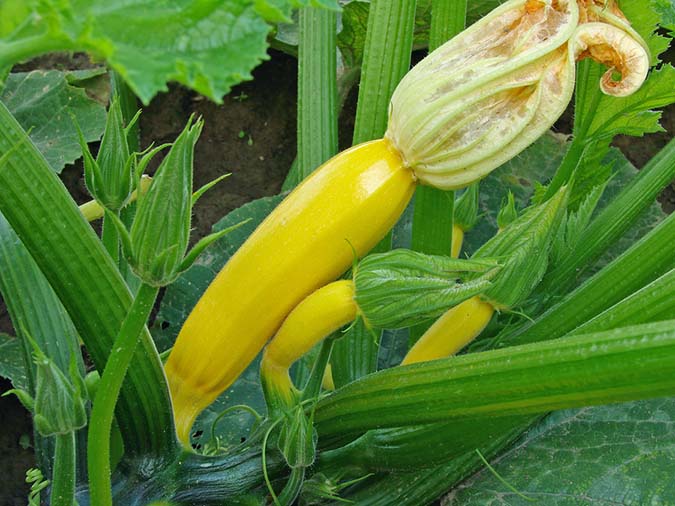
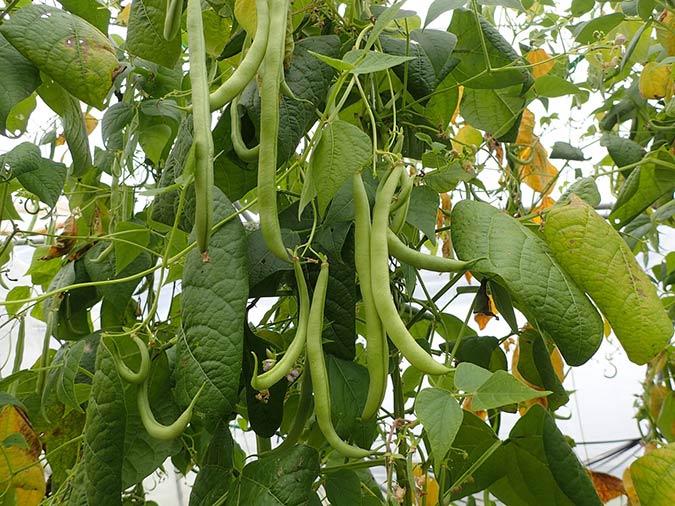
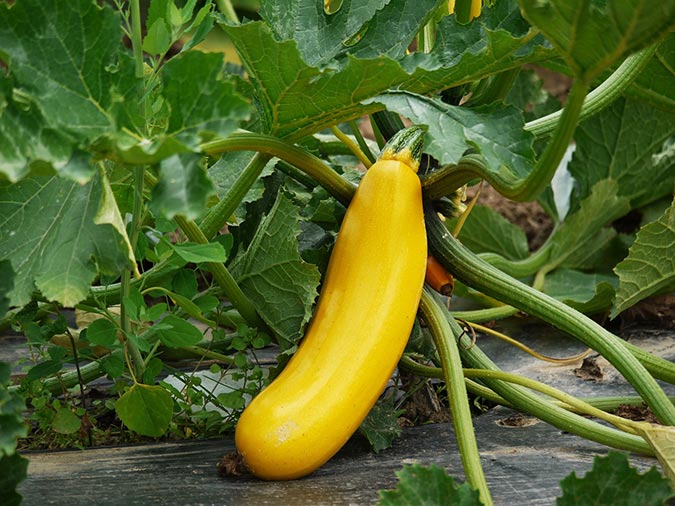
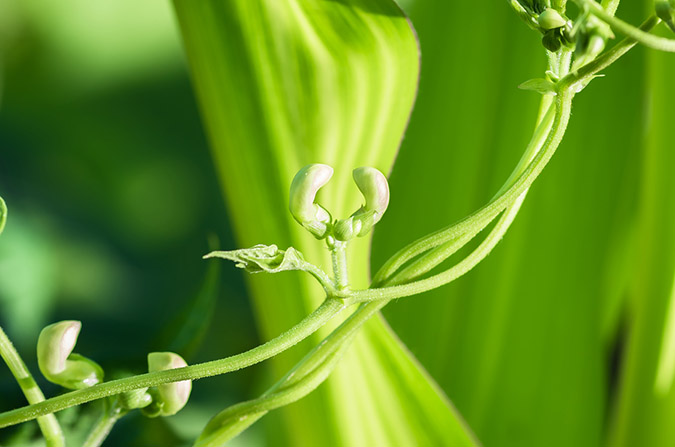







COMMENTS(6)
I’m going to test out a version of this with my Jerusalem artichokes.
I have had a raccoon problem in the past, they destroyed my corn one year. I use a spray bottle of hot sauce, I spray just the silk on top, or drop a drop or two on each ear, this worked great, they may get a few ears depending on how many there are, but they don’t come back for more. I’m going to mix it with vegetable oil to stop the corn worms this year, and see if that helps keep them out better.
If you’re a carnivore, apply urine around your garden perimeter, and anyplace they might cone thru a fence or hide, like under outbuildings. I didn’t believe it until I tried it to keep the masked murders away from the chicken coop. We haven’t had a problem with the raccoons, except for the massacre when we were out of town and our helper didn’t “reapply”.
Reapply after rain/watering, and as often as you can 🙂
This was an extremely helpful article! Thanks!
The article mentioned pinto beans as a full runner for the three sisters garden. Most all the pinto beans now are half runners. If anyone has any full runner pinto beans that produce the wonderful pinto green beans I loved as a kid growing up deep in the heart of Texas and crave now because I was foolish and didn’t save my seeds….. PLEASE message me! I have searched the internet and seed savers and cannot find any. Thank you!!!
awesome…we got rains and hope to plant these next few days…amazing the questions i had were answered here…now just to plant